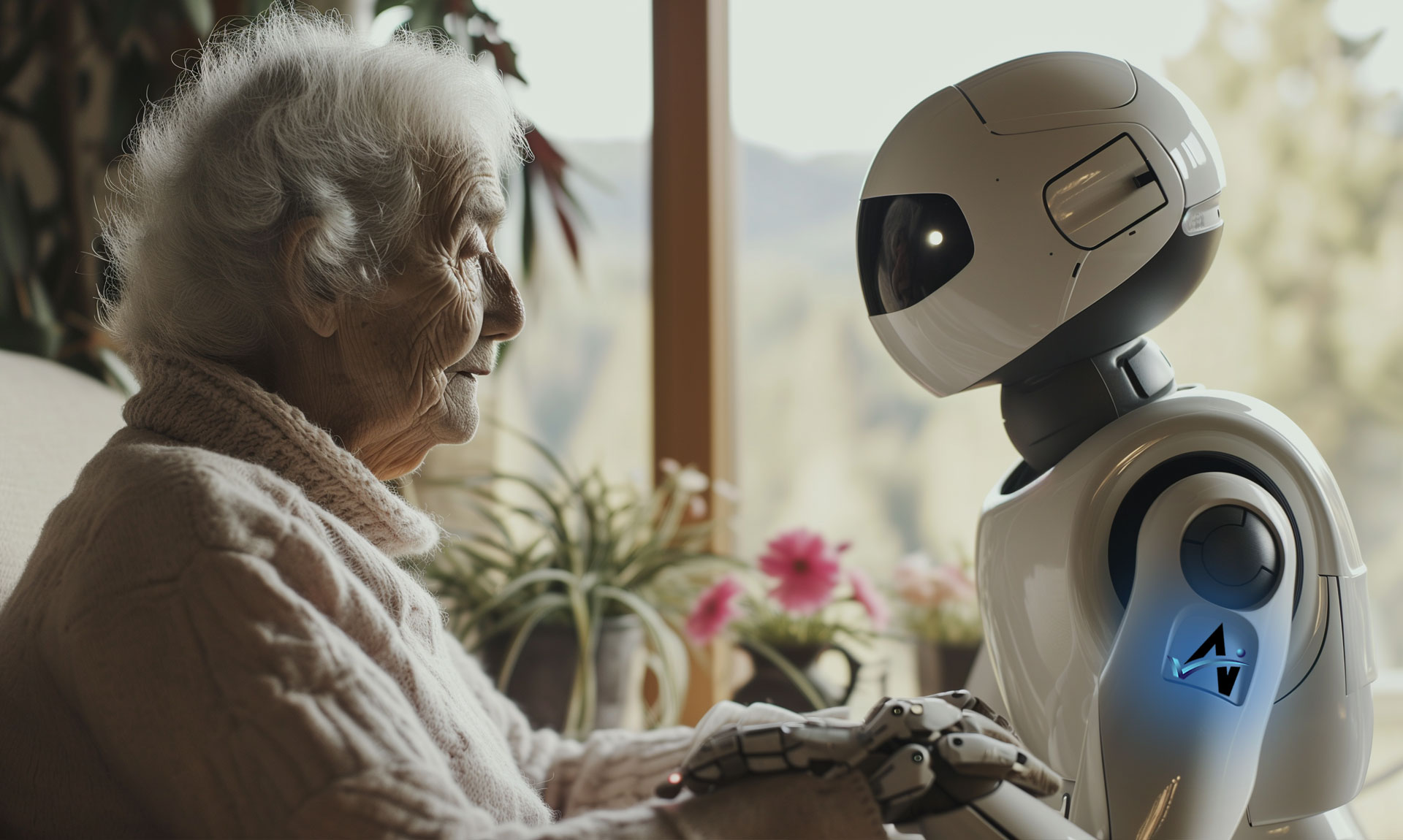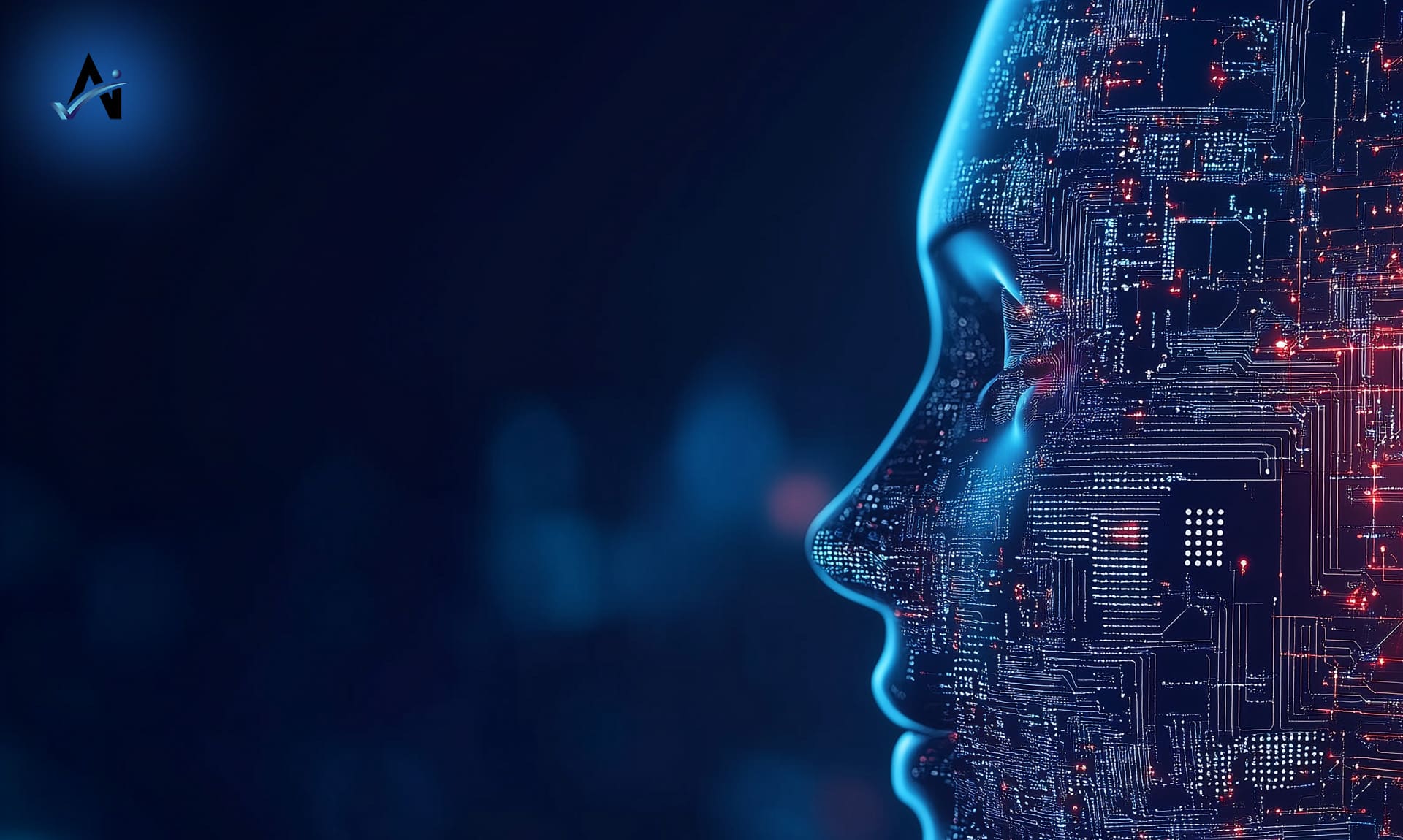The Caregiver Crisis: How Humanoid Robots Will Save The Day
As the baby boomer generation ages, the demand for assisted living and nursing care is set to skyrocket, leading to a caregiver shortage. In this scenario, advanced humanoid robotics could play a crucial role in mitigating the impact of this crisis.
The Caregiver Shortage Challenge: The aging boomer generation presents a significant challenge to the healthcare sector. As this demographic shifts towards requiring more consistent and specialized care, the demand for caregivers and nursing professionals is expected to exceed supply. This shortage can lead to increased stress on existing healthcare workers and potentially compromise the quality of care for the elderly.
Humanoid Robotics to the Rescue: Enter humanoid robots – the potential solution to this looming crisis. These robots, designed to mimic human behavior and appearance, can be programmed to perform a variety of tasks, including basic caregiving duties. With advancements in artificial intelligence, robotics, and machine learning, these robots can provide companionship, assist with daily activities, and even monitor health conditions.
Advantages of Humanoid Robots in Caregiving:
- Consistent and Tireless Assistance: Unlike human caregivers who need breaks and are prone to fatigue, humanoid robots can provide round-the-clock assistance without getting tired.
- Precision and Reliability: Robots can perform tasks with high precision and consistency, reducing the risk of errors in medication management and other routine tasks.
- Emotional Support and Social Interaction: Advanced AI enables these robots to engage in basic social interactions and provide emotional support, which is crucial for the mental well-being of the elderly.
- Health Monitoring and Emergency Response: Equipped with sensors, humanoid robots can monitor vital signs and detect emergencies, ensuring timely medical intervention.
Challenges and Ethical Considerations: While the benefits are significant, there are challenges and ethical considerations in deploying humanoid robots in caregiving. These include ensuring the privacy and dignity of the elderly, managing the cost of such technology, and addressing the emotional and psychological impact of replacing human interaction with robotic care.
The Future of Humanoid Robots in Healthcare: The future of humanoid robots in healthcare is promising. As technology continues to advance, these robots are expected to become more sophisticated, capable of providing not just physical support but also more complex emotional and social interactions. Their integration into healthcare settings could alleviate the strain on human caregivers and improve the quality of life for the elderly.
Humanoid robots represent a groundbreaking solution to the impending caregiver shortage. By augmenting the human workforce, they offer a sustainable and innovative approach to elder care. As we move forward, it is crucial to balance technological advancement with ethical considerations to ensure that the use of humanoid robots enhances, rather than diminishes, the quality of care for the aging population.
latest video
Get Our Newsletter
Never miss an insight!






